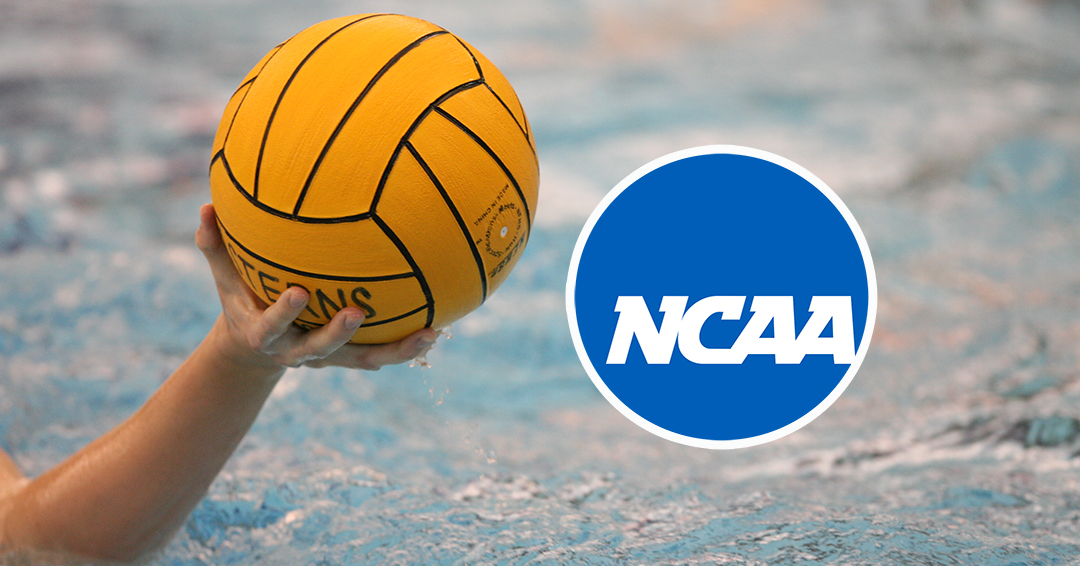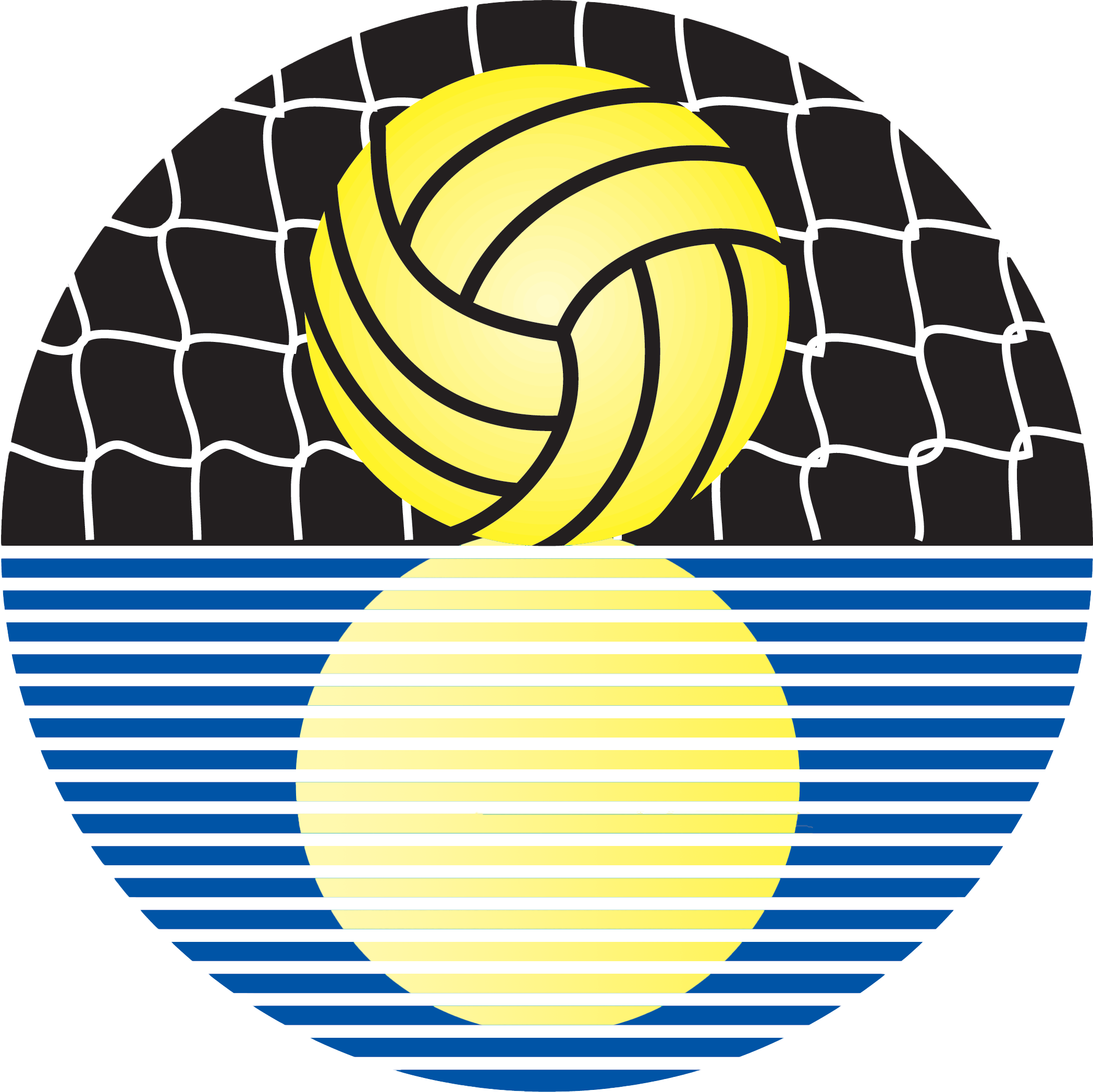NCAA Demographics Database
INDIANAPOLIS, Ind. — The National Collegiate Athletic Association (NCAA) posted the latest data on the demographics of NCAA member schools’ student-athletes, head coaches and assistant coaches from school years 2011-12 to 2020-21. The database was published to NCAA.org in December 2021.
The data is self-reported information from active NCAA members schools’ NCAA Sport Sponsorship and Demographics Forms. NCAA demographics categories are modeled after the data collection efforts used by the U.S. Department of Education.
The gender and race/ethnicity for all coaching positions were reported for each school. Coaching staff includes both full- and part-time positions and volunteers. Individuals with multiple coaching duties are counted for each position. Therefore, the numbers reported in the tables are specific to each position, not necessarily the total number of individuals. Only NCAA-sanctioned championship and emerging sports are counted.
In men’s and women’s water polo the number indicate growth and contraction in a number of areas:
WOMEN’S WATER POLO
- The total number of athletes competing increased from 1,157 in 2012 to an all-time high of 1,235 in 2021. The numbers indicate a rise over the examination period of 2012-to-2021 from 1157 (2012), 1117 (2013), 1157 (2014), 1119 (2015), 1121 (2016), 1140 (2017), 1216 (2018), 1217 (2019), 1232 (2020) and finally 1235 (2021).
- The number of American Indian/Alaska native, Asian, Black, Native Hawaiian/Pacific Islander and unknown ethnicities remain relatively static.
- The number of International student-athletes escalated dramatically from 54 in 2012 to an all-time high of 107 in 2021. Further, the number of Hispanic/Latino athletes rose significantly from 97 in 2012 to another high of 163 in 2021.
- The number of White student-athletes declined from 2012 (854) to 2021 (777).
- The number of males versus females serving as head coaches experienced a change from 2012 (46 men, 14 women) to 2021 (47 men, 19 women).
- The majority of head coaches are white (55 of 66 in 2021)
- Further, females now hold the majority of assistant coaching positions with 41 men and 45 women reported in 2021. This is a significant change from 2012 (44 men, 34 women) and displays a gradual increase over the span of 2013 (38 men, 33 women), 2014 (42 men, 29 women), 2015 (36 men, 38 women), 2016 (33 men, 42 women), 2017 (33 men, 48 women), 2018 (37 men, 58 women), 2019 (41 men, 52 women) and 2020 (36 men, 50 women).
MEN’S WATER POLO
- The total number of athletes competing increased from 944 in 2012 to a 1,033 in 2021. The numbers indicate a rise over the examination period of 2012-to-2021 from 944 (2012), 961 (2013), 1030 (2014), 998 (2015), 992 (2016), 993 (2017), 1047 (2018), 1072 (2019), 1100 (2020) and 1033 (2021).
- The number of International student-athletes increased from 54 in 2012 to an all-time high of 87 in 2021 – a similar pattern compared to the women’s numbers. Further, the number of Hispanic/Latino athletes rose significantly from 64 in 2012 to 99 in 2021.
- The number of White student-athletes declined from 2012 (725) to 2021 (704).
- The number of males versus females serving as head coaches experienced a change from 2012 (40 men, zero women) to 2021 (48 men, 2 women).
- The majority of head coaches are white (44 of 50 in 2021)
- Further, women now hold approximately 19 percent of assistant coaching positions in men’s water polo with 63 men and 15 women reported in 2021. This is a significant change from 2012 (48 men, 4 women) and displays a gradual increase over the span of 2013 (46 men, 12 women), 2014 (50 men, 6 women), 2015 (46 men, 9 women), 2016 (53 men, 8 women), 2017 (58 men, 13 women), 2018 (61 men, 19 women), 2019 (70 men, 17 women) and 2020 (65 men, 13 women).
RACE/ETHNICITY CATEGORY DEFINITIONS
- American Indian/Alaska Native – A person having origins from North America and who maintains cultural identification through tribal affiliation or community recognition.
- Asian – A person having origins from the Far East, Southeast Asia, or the Indian Subcontinent.
- Black – A person having origins in any of the Black racial groups of Africa (except those of Hispanic origin).
- Hispanic/Latino – A person of Cuban, Mexican, Puerto Rican, Central or South American or other Spanish culture or origin.
- Native Hawaiian/Pacific Islander – A person having origins in any of the original peoples of Hawaii, Guam, Samoa, or other Pacific Islands
- International – A person who is not a citizen or national of the United States and who is in this country on a visa or temporary basis.
- Two or More Races – A person identifying with more than one race/ethnicity category.
- Unknown – A person whose race/ethnicity is unknown.
- White – A person having origins from the Europe, North Africa or the Middle East (except those of Hispanic origin).
The information for 2012-to-2021 is divided into all-divisions (encompassing NCAA Division I, II and III) as well as Division I, II and III in the PDF documents below.
2020-21 NCAA Demographic Database Explanation

2020-21 NCAA Demographic Database (All Divisions)

2020-21 NCAA Demographic Database (Division I, II, III)





